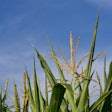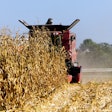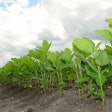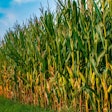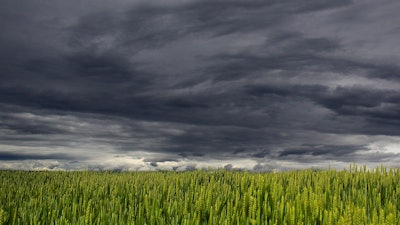
Recent storm systems have brought significant drought relief to major agricultural areas in the central and southern Plains, according to the latest U.S. Drought Monitor report. However, the Northeast continues to face worsening drought conditions, raising concerns for farmers and increasing fire risks in the region.
The U.S. Drought Monitor is jointly produced by the National Drought Mitigation Center at the University of Nebraska-Lincoln, the United States Department of Agriculture, and the National Oceanic and Atmospheric Administration.
Key highlights from the report include:
- Central and Southern Plains: Heavy precipitation, including snowfall in higher elevations, has significantly improved drought conditions across eastern Colorado, Kansas, Oklahoma, and parts of Texas. Some areas received 2 to 4 inches of precipitation, with snowfall reaching up to 4.5 feet in Colorado's higher elevations. This moisture is crucial for winter wheat development and soil moisture recharge for the upcoming growing season.
- Lower Mississippi Valley: Substantial rainfall, with some areas receiving over a foot of precipitation, has led to marked improvements in drought conditions. This is particularly beneficial for livestock operations and fall-planted crops in the region.
- Northeast: Drought conditions have worsened, with extreme drought (D3) expanding into southern New Jersey and severe drought (D2) encompassing parts of Pennsylvania, New York, and Massachusetts. Several locations have experienced record-breaking dry spells, with some areas going 5 to 6 weeks without measurable precipitation. This prolonged dryness is raising concerns for fall crop harvests and winter crop establishment.
- Southeast: The region experienced highly variable rainfall patterns. While heavy rains in parts of Georgia and South Carolina eliminated drought conditions, other areas saw little to no rainfall. This variability poses challenges for farmers managing late-season crops and preparing for winter plantings.
- Southwest: Continued dryness has led to the expansion of extreme drought (D3) in western Arizona and severe drought (D2) in parts of Nevada and California. This trend is particularly concerning for ranchers and farmers relying on irrigation in these arid regions.
The variable precipitation patterns across the country highlight the complex challenges faced by the agricultural sector in managing water resources and adapting to changing climate conditions. While the improved moisture in the Plains offers a positive outlook for winter crops, the worsening situation in the Northeast and parts of the Southwest may require farmers to adjust their strategies for the coming seasons.
As the winter approaches, agricultural stakeholders will be closely monitoring how these drought patterns evolve and their potential impacts on crop yields, livestock management, and water availability for the 2025 growing season.








